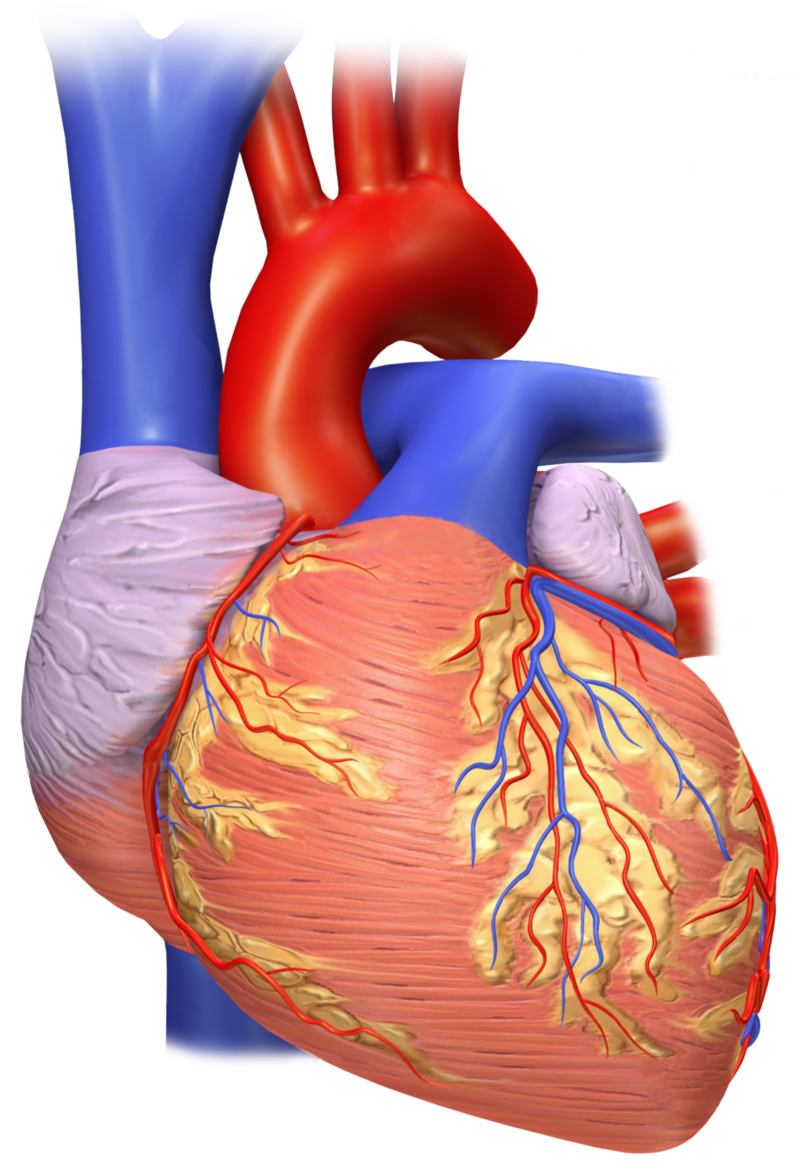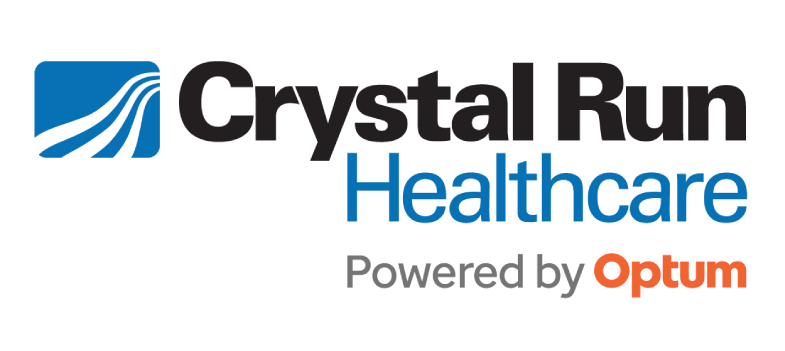Arterial Conditions
The skilled vascular specialists at Crystal Run Healthcare treat the full spectrum of conditions affecting the arteries, including peripheral artery disease (PAD), carotid artery disease (CAD), and Buerger’s disease. Interventional Cardiologists’ are doctors who specialize in the treatment of arterial conditions using catheter based procedures.
What Are Arteries?
Arteries are multi-layered blood vessels that carry oxygen-rich blood from the heart to the body (veins carry oxygen-poor blood back to the heart for reoxygenation).
There are three types of arteries:
- Elastic arteries: Also called conducting arteries, have a thick center layer, which helps them maintain consistent pressure despite changes in blood flow from the pulsing of the heart.
- Distributing arteries: Also called muscular arteries, are medium-sized vessels that draw blood from the elastic arteries and branch into smaller arteries called arterioles.
- Arterioles: The smallest of all the arteries, the arterioles move blood away from the heart and into the capillaries.

Any artery in the body can become damaged or diseased from co-occurring medical problems, injury, or inherited diseases.
Arterial Conditions We Treat
Peripheral Artery Disease (PAD)
Peripheral artery disease occurs when the arteries that carry blood from the heart to the body become narrowed. This reduces blood flow to the limbs, which can lead to pain with walking (claudication) and other symptoms.
The most common cause of peripheral artery disease is atherosclerosis—a buildup of fatty deposits in the walls of the arteries.
Signs and Symptoms of Peripheral Artery Disease
- Pain with walking, climbing stairs, or other activity (claudication); painful cramping can occur in calf muscles, thighs, and one or both hips
- Leg numbness or weakness
- Sores on toes, feet, or legs that won’t heal
- Shiny skin or changes in skin color on legs
- Hair loss or slowed hair growth on legs and feet
- Slowed nail growth on toes
- Erectile dysfunction in men
Complications of Peripheral Artery Disease
People with peripheral artery disease caused by atherosclerosis are at increased risk of certain complications, including:
- Stroke and heart attack
- Critical limb ischemia, which starts with an open sore(s) or an infection in the legs and feet that won’t heal and progresses to gangrene (tissue death); this may lead to amputation of the affected limb.
Diagnosis and Treatment of Peripheral Artery Disease
Your doctor may order several tests to diagnose peripheral artery disease, including:
- Ankle-brachial index (ABI): A type of pulse-volume recording (PVR) study, the ABI test compares the blood pressure in your ankle with that in your arm using a blood pressure cuff and special ultrasound device; lower blood pressure in your ankle is an indicator of peripheral artery disease.
- Minimally invasive angiography: A test in which the doctor injects a dye into your blood vessels to view blood flow through your arteries in real time. The doctor may use X-ray imaging, magnetic resonance angiography (MRA), or computerized tomography angiography (CTA) to trace the flow of the dye through your blood vessels.
- Arterial duplex ultrasound: A test that uses sound waves to create a map of the arteries in your legs.
In some cases, lifestyle changes like eating a healthy diet, quitting smoking, and exercising regularly are enough to treat PAD. Medications to lower cholesterol levels, reduce blood pressure, prevent blood clots, and treat the symptoms of PAD (such as pain with walking) may also help.
Some people may need additional peripheral artery disease treatments, including:
- Balloon angioplasty: A balloon is inserted into the artery and inflated; this flattens the plaque against the artery wall, improving blood flow. Your doctor may also perform a stent implantation; a stent is a mesh framework that helps keep the artery open.
- Jetstream™ atherectomy: A minimally invasive procedure to remove atherosclerosis plaques from blood vessels using active aspiration (suction). Crystal Run Healthcare has pioneered the use of the Jetstream™ Atherectomy System—the only one that uses aspiration to remove arterial debris, helping minimize the risk of blood clot formation (distal embolization) during the procedure.
- Bypass surgery: A surgical procedure that involves taking a blood vessel from another part of the body or a synthetic blood vessel and using it to bypass the narrowed or blocked artery.
- Thrombolytic therapy: A clot-dissolving medication is injected into the artery to break up the blood clot.

Carotid Artery Disease
Carotid artery disease (CAD) occurs when fatty deposits clog the carotid arteries—blood vessels that carry blood to the brain and head.
Factors that can increase your risk for developing carotid artery disease include high blood pressure, elevated cholesterol levels, diabetes, smoking, obesity, sleep apnea, age (the arteries become less flexible as you age), and family history.
Blocked carotid arteries increase your risk of stroke, a medical emergency. Stroke is the most common cause of death and a leading cause of permanent disability in the U.S.
Signs and Symptoms of Carotid Artery Disease
In the early stages of the disease a person may have no signs or symptoms. As the vessels become more blocked, a person is at increased risk of having a transient ischemic attack (TIA) or stroke; having a TIA is often a sign of carotid artery disease.
Symptoms of a stroke or TIA include:
- Sudden numbness or weakness in the face or limbs, often on only one side of the body
- Sudden difficulty speaking and/or understanding
- Sudden difficulty seeing in one or both eyes
- Sudden dizziness or loss of balance
- Sudden, severe headache with no identifiable cause
The acronym FAST can help you identify the signs of a stroke:
- Facial drooping
- Arm weakness
- Speech difficulties
- Time to call emergency services
Diagnosis and Treatment for Carotid Artery Disease
Your doctor will start with a physical exam, including listening for a swooshing sound (called a bruit) over the carotid artery in your neck. A narrowed carotid artery produces this sound.
Your doctor may order additional tests, including an ultrasound, which helps illuminate blood flow and pressure in the carotid arteries, a computed tomography (CT) scan or magnetic resonance imaging (MRI) test, which can reveal signs of stroke.
Your doctor may also perform a computed tomography angiography (CTA) or magnetic resonance angiography (MRA), which involves injecting a dye into a blood vessel and then using CT or MRI technology to take images of your neck and brain.
Treatments for carotid artery disease can include lifestyle changes (e.g., diet changes, exercise, smoking cessation) to stop the buildup of plaque in the arteries and medications to control blood pressure or lower cholesterol.
In more severe cases you may need one of the following surgical interventions:
- Carotid endarterectomy: Surgical removal of arterial plaques.
- Carotid angioplasty and stent placement: Procedure to widen the artery with an inflatable balloon and stent (wire mesh coil), which keeps the artery open.
- TCAR (Transcarotid Artery Revascularization) Procedure: A minimally invasive procedure that uses a special system to direct blood flow away from the brain to reduce the risk of stroke during stent insertion, a known complication of revascularization surgery. The TCAR procedure helps prevent plaques from breaking loose during the procedure and traveling through the bloodstream to the brain. The vascular surgeons at Crystal Run Healthcare were the first to perform the TCAR procedure in Orange County, NY in 2018.
Carotid Artery Dissection
A carotid dissection is a tear in the wall of a carotid artery. It occurs when the layers of the carotid artery break down, and it can lead to an irregular narrowing of the opening of the blood vessel (stenosis) and ischemic stroke.
Certain types of genetic diseases and buildup of plaque in the artery walls (atherosclerosis) can cause carotid dissection.
Symptoms of Carotid Artery Dissection
Stroke is often the first sign. Sometimes symptoms develop over a period of hours or days and can include headache, neck pain, pain around the eyes, double vision, droopy eyelids, a whooshing sound in the ears, and weakness on one side of the body.
Diagnosis and Treatment of Carotid Artery Dissection
Your doctor may order one or a series of tests to diagnose carotid artery dissection, including:
- Computerized tomography angiography (CTA), which involves using a contrast dye and CT scan to “see” inside the arteries.
- Magnetic resonance angiography (MRA), which involves using a contrast dye and MRI scan to “see” inside the arteries.
- Doppler ultrasound, which detects abnormal blood flow through the carotid artery.
Treatment can include:
- Blood-thinning medications, such as warfarin.
- Balloon angioplasty with stent placement, which involves inflating a balloon in the artery to push the plaque against the artery wall and placing a wire mesh stent in the artery to keep it open.
Other Arterial Diseases
Less common arterial diseases include Buerger’s disease and fibromuscular dysplasia (FMD).
- Buerger’s disease: A rare disease in which the blood vessels in the arms and legs become inflamed, swollen, and blocked with blood clots; this can lead to infection and gangrene (tissue damage). Smoking is a major risk factor for Buerger’s disease, as virtually everyone who has the disease uses tobacco. Treatment includes smoking cessation, medications to dilate blood vessels, compression of the legs and arms (to improve blood flow), spinal cord stimulation, and surgery to cut the nerves of the affected area, which can help improve blood flow and control pain.
- Fibromuscular dysplasia: A rare disease that causes a blood vessel to narrow, develop a bulge (aneurysm), and tear (dissection). FMD generally affects the arteries leading to the brain and kidneys. Treatments include medications to manage high blood pressure, diuretics to remove excess fluid from the body, calcium channel blockers to relax the blood vessels, and beta blockers to slow the heartbeat and block adrenaline; in some cases, a minimally invasive angioplasty is needed to open the artery.
Experts in Treating Vascular Diseases and Conditions
The skilled physicians at Crystal Run Healthcare dedicate their lives to helping patients with vascular conditions like peripheral artery disease, carotid artery disease, Buerger’s disease, and fibromuscular dysplasia.
We listen carefully to your needs and concerns, and we work closely with you to develop a comprehensive treatment plan that includes the long-term lifestyle changes often needed to keep your vascular system healthy. These lifestyle changes include eating a healthy diet, exercising regularly, taking all prescribed medications as directed, and managing your weight.
We also work closely with other Crystal Run Healthcare specialists to provide you with a complete continuum of care.

 Optum Radiology at Crystal Run Healthcare
Optum Radiology at Crystal Run Healthcare Request medical records online
Request medical records online